Historical Architecture of Grosse Pointe – The Wiliam B. and Mary Chase Stratton House
Whether you have been a resident of Grosse Pointe your whole life, of new to the area you will be familiar with the wonderful work from the Pewabic Pottery. The studio is known for its irresistible glazes, some of which is on display at notable galleries such as the Louvre.
The pottery was founded in 1903 by artist and teacher Mary Chase Perry and Horace James Caulkins, her partner. Mary Chase Perry was the “artistic and Marketing force” and along with Caulkins skills with a kiln their collaboration gave the pottery its distinctive qualities which aided Detroit’s contribution to the International Arts and Crafts movement and exemplified the American Craftsman Style.
Mary Chase Perry was to marry William Stratton, an architect known for his clear-cut forms, strong sense of materials, and importance of texture. William had begun designing Stratton House (at its original location of 138 East Grand Boulevard) in 1912, and after marrying Mary (in 1918) the house became a collaborative project between the two nationally known individuals.
The bungalow/craftsman style home they designed was an unconventional early modern dwelling influenced by the Arts and Crafts movement and was a significant departure from the general architectural style that was visible around Detroit during that era.
The two-story house was constructed of brown to beige varicolored brick with a low-pitched roof covered with unglazed Pewabic tiles, evoking an almost Mediterranean style. Just below the second story windows was a protruding Pewabic tile belt. The eight-inch decorative tiles were originally designed for St. Paul’s Episcopal Cathedral, Detroit (1908-11) each tile depicted a religious theme and was glazed with varying shades of Pewabic’s famous iridescent blue glaze.
In 1916, Mary Chase Perry began planning for a future home in Grosse Pointe and negotiated a land contract for lot 10 on Three Mile drive, however it wasn’t until 1927 that the house on East Grand Boulevard was carefully dismantled and the portions the Stratton’s wished to re-use were moved to the new location in Grosse Pointe Park. The new house maintained much of the original layout.

The home once again was a showcase for Pewabic tile, the floor tiles were unglazed brown tiles, the tile sill along the entire window was glazed with rich shades of blue and blue green and the Pewabic tile belt from the original house was used for color on the inside of the parapet, which was located off the ‘work room’ balcony. Many of the interior walls were vertical slabs of cork cemented directly on thick masonry walls, finished with a light brown spray, while the library had a cast concrete ceiling.
The kitchen window overlooked the garden that was equally as stunning as the garden at East Grand Boulevard, and the Stratton’s worked with local landscape architect Raymond Wilcox to create a complex theme.
Both properties were noted for their simple elegance, fine composition and harmonious design interactions between the house and the garden.
In 1936/37 the Depression forced the Strattons to sell the house on Three Mile Drive in order to keep the Pewabic Pottery open. They purchased a home on134 East Grand Boulevard, next to the vacant lot where their first home had stood. Sadly William Statton died shortly after the move and Mary Stratton died, aged 94, in 1961.
In 1984 Stratton House was listed on the National registry of Historic Places, and rightfully takes its place as part of the wonderful architecture that can be seen in and around Grosse Pointe today.
Written by Katie Doelle
Copyright © 2015 Katie Doelle

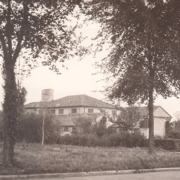
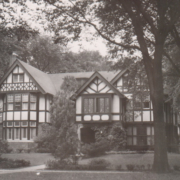
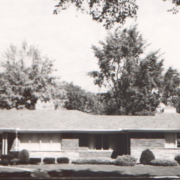
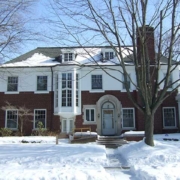
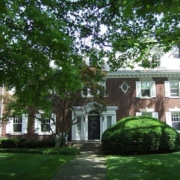
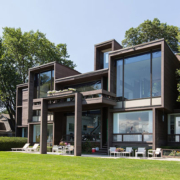
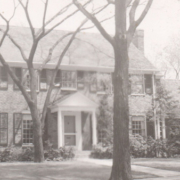
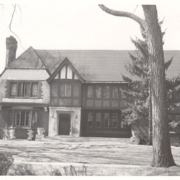
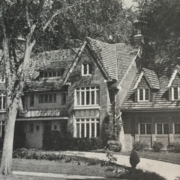
Leave a Reply
Want to join the discussion?Feel free to contribute!